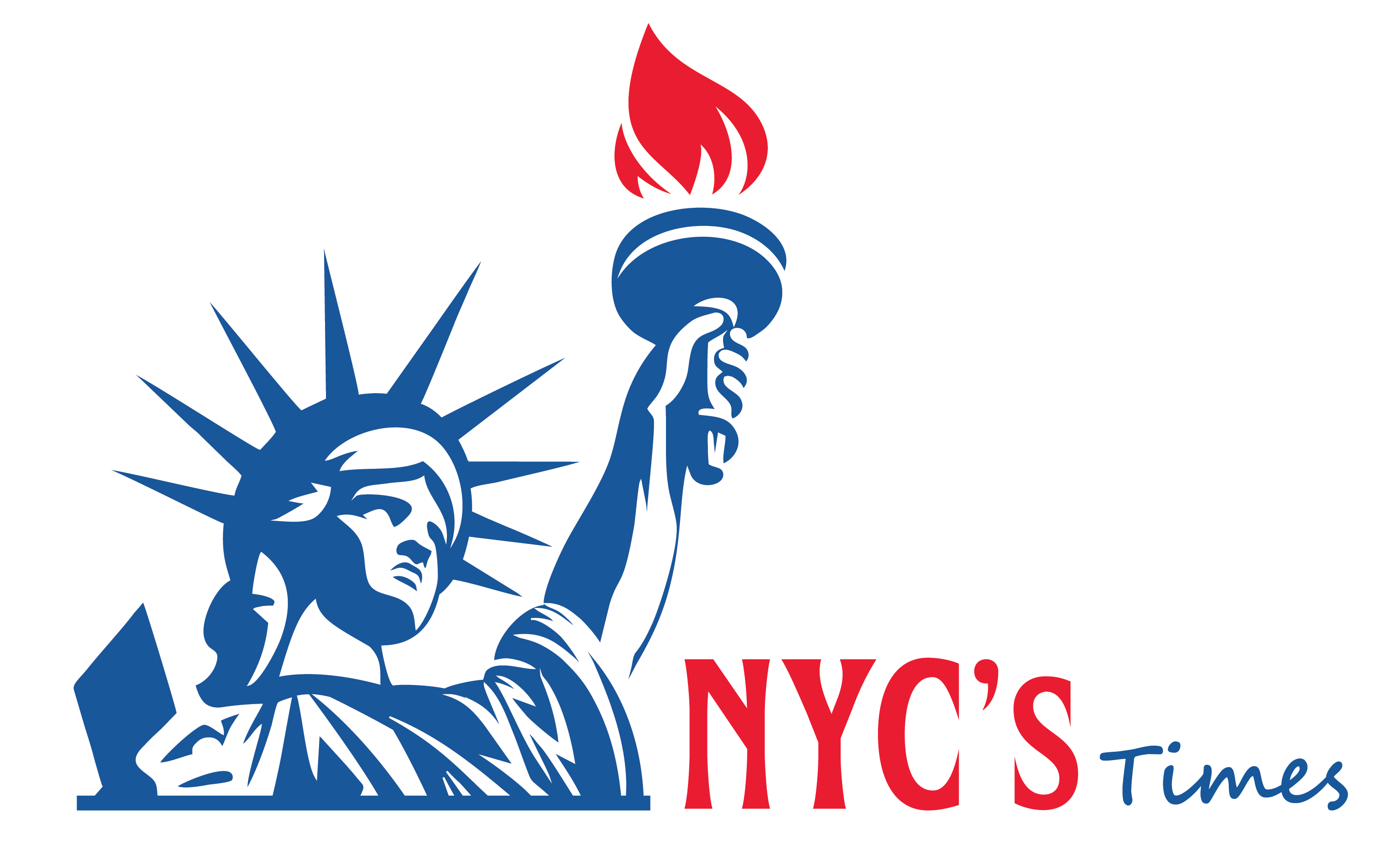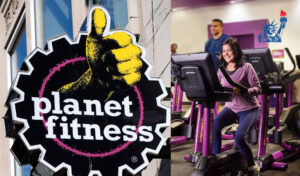The New York Times crossword puzzle has become an iconic daily challenge for puzzle enthusiasts worldwide. But, recently, the “Connections” puzzle has been gaining significant traction, particularly with its hints and strategies for solving it efficiently. In this article, we dive deep into the “Connections NYT Hint Today” to help you sharpen your skills and enjoy the puzzle even more.
What Is the “Connections” Puzzle in The New York Times?
Before we get into the specifics of solving the “Connections NYT Hint Today”, let’s break down what the puzzle is all about.
The Evolution of NYT Puzzles
The New York Times has long been the gold standard for crossword enthusiasts. Over time, they’ve introduced innovative puzzle formats to challenge even the most seasoned solvers. The “Connections” puzzle is one of these new formats, designed to test both your general knowledge and your ability to see patterns in groups of seemingly unrelated words.
The Core Concept of the “Connections” Puzzle
In the “Connections” puzzle, you are presented with a grid of 16 words. Your goal is to divide these words into four groups of four, with each group sharing a common theme. The trick is to figure out what that theme is for each group. These puzzles can vary in difficulty, with some requiring knowledge of pop culture, history, geography, or even wordplay.
Understanding the “Connections NYT Hint Today”
If you’re trying to solve today’s “Connections” puzzle, there’s a good chance you’ve come across some hints designed to guide you through the process. Let’s explore the hints and strategies that can help you tackle the puzzle.
How to Use the Hints Effectively
Many solvers wonder if the hints are truly helpful or just a distraction. The key to using the “Connections NYT Hint Today” is not to rely solely on them but to use them as a stepping stone toward making more educated guesses. Here’s how:
- Analyze the Structure: Each hint is designed to lead you towards a specific category or connection. It might suggest that a certain group of words are related to a theme like “cities,” “famous authors,” or “musical instruments.”
- Break Down the Words: Even before you consider the hint, look at the words and see if any obvious patterns emerge. If you know that some of the words refer to a historical period or specific cultural references, it’s easier to identify connections.
- Use Multiple Attempts: Don’t be afraid to rearrange your groups after getting the hint. Often, the first grouping might not be right, but with the hint in mind, you’ll have a clearer direction.
Common Themes You Might Encounter
When solving the puzzle, there are recurring themes that frequently pop up. Some of these include:
- Geographic Locations: Cities, countries, or continents are often grouped together.
- Famous People: Historical figures, celebrities, or artists can be the common thread linking the words.
- Pop Culture References: Music, movies, or TV shows often provide a connection for some of the words.
- Category-based Connections: Sometimes, the connection is based on categories such as animals, occupations, or sports.
Tips and Tricks to Solve the Puzzle Faster
Now that you understand the basics, here are some expert tips to help you solve the “Connections NYT Hint Today” more quickly and accurately.
1. Start with the Obvious
Before diving into complex clues, focus on the words that immediately stand out. For example, if you spot a word like “Einstein” in the puzzle, you likely know it belongs to a group of famous scientists. Starting with these easy connections can help unlock other, more difficult groupings.
2. Look for Word Patterns
Pay attention to any repeating word patterns. Words that end in the same suffix, such as “-er” or “-ist,” might indicate a particular group, like occupations or types of people. Similarly, words with common prefixes, like “pre-” or “post-,” could be a sign of a chronological theme.
3. Don’t Rush
Sometimes, the pressure of solving quickly can cloud your judgment. Take your time to think critically about each word and its possible connections. Rushing through can lead to errors, and it’s better to take a little longer and get the connections right.
4. Use Elimination
If you’re stuck on a particular group, try eliminating words that clearly don’t fit. This process of elimination can often lead you to the right grouping, especially when you’re left with fewer choices.
5. Stay Consistent with Themes
Once you have a few groups correctly formed, try to stay consistent with the overarching theme. For example, if one group consists of famous authors, the others should follow similar logic. Consistency can help you maintain momentum throughout the puzzle.
Dealing with the Most Challenging Puzzles
Some “Connections” puzzles can be downright challenging, especially when the hint seems ambiguous or when the connections are less obvious. Here are some strategies to cope with the most difficult puzzles.
Take a Break
When you’re feeling stuck, step away from the puzzle for a few minutes. A fresh perspective can often reveal connections that you might have missed before.
Get Inspiration from the Community
If you find yourself totally stumped, you’re not alone. Many puzzle solvers share their solutions and tips online. Websites like Reddit, where users often discuss the NYT puzzle, can be a great resource for getting unstuck. However, remember not to depend too heavily on these external sources; it’s always better to solve on your own!
Revisit Old Puzzles
Sometimes revisiting older “Connections” puzzles can give you a sense of how the themes tend to be grouped. This can help you spot patterns in newer puzzles more easily.
Conclusion: Mastering the “Connections NYT Hint Today”
The “Connections” puzzle from The New York Times is a unique and engaging challenge for those who love word games and puzzles. By understanding the basic concept, utilizing hints effectively, and practicing a variety of solving strategies, you can improve your performance and start solving the puzzle like a pro.
Read more: Anllela Sagra: From Fashion Model to Fitness Icon – A Journey of Transformation and Influence






